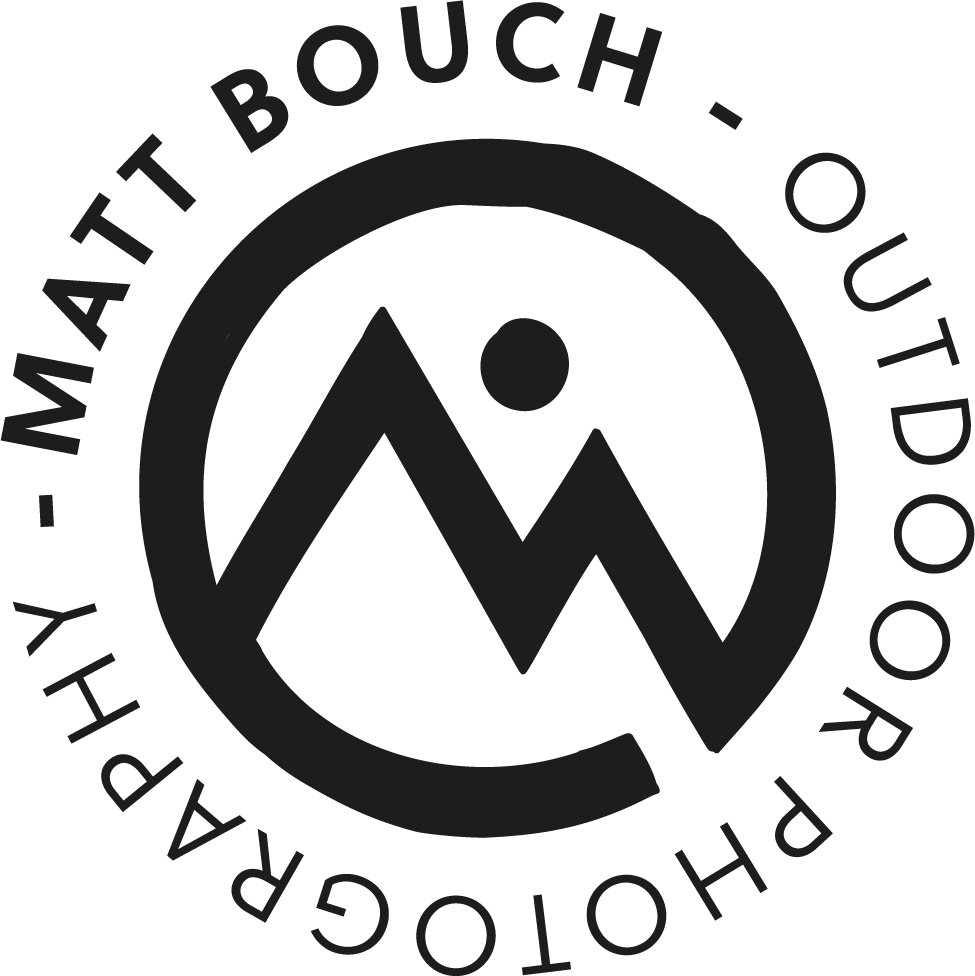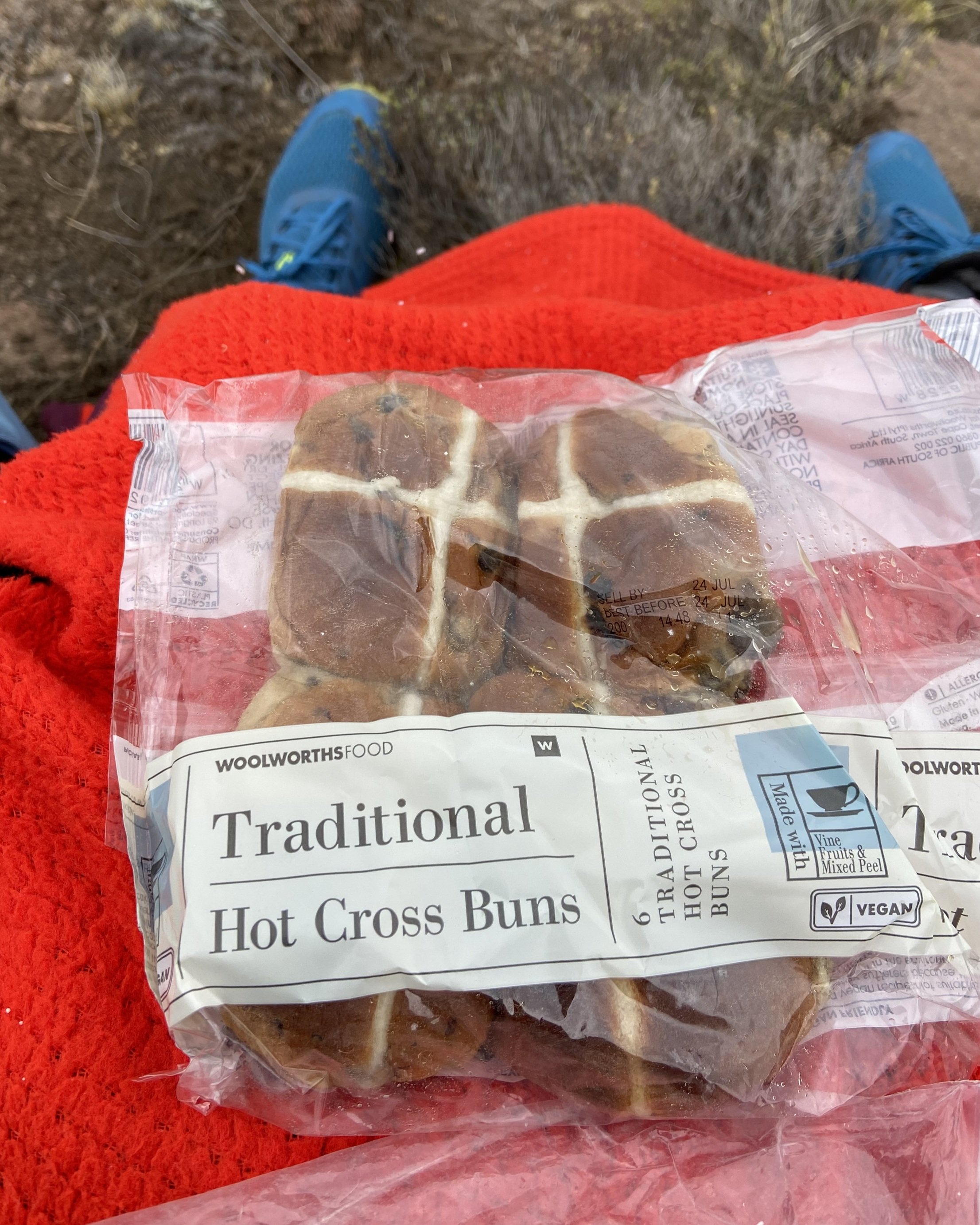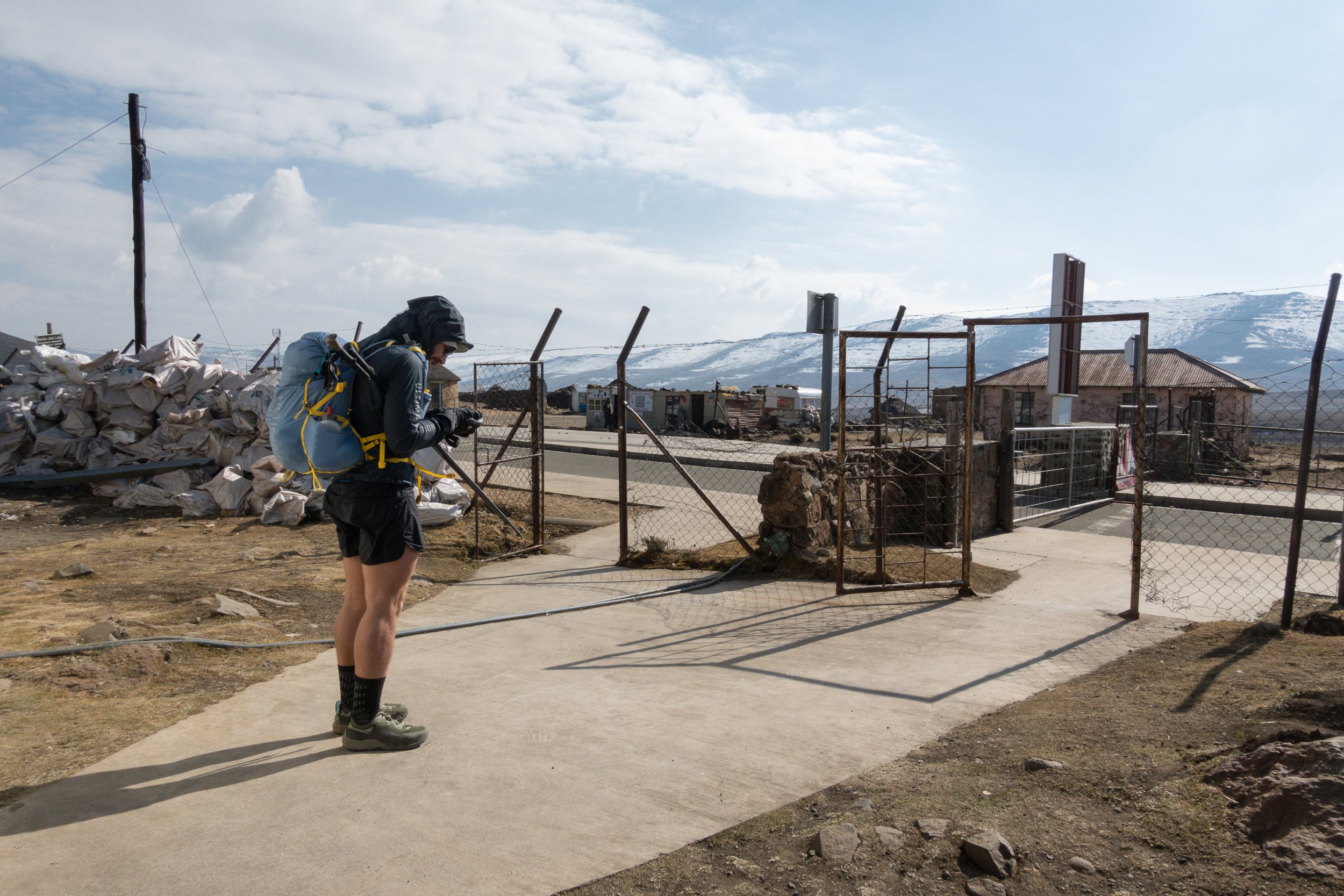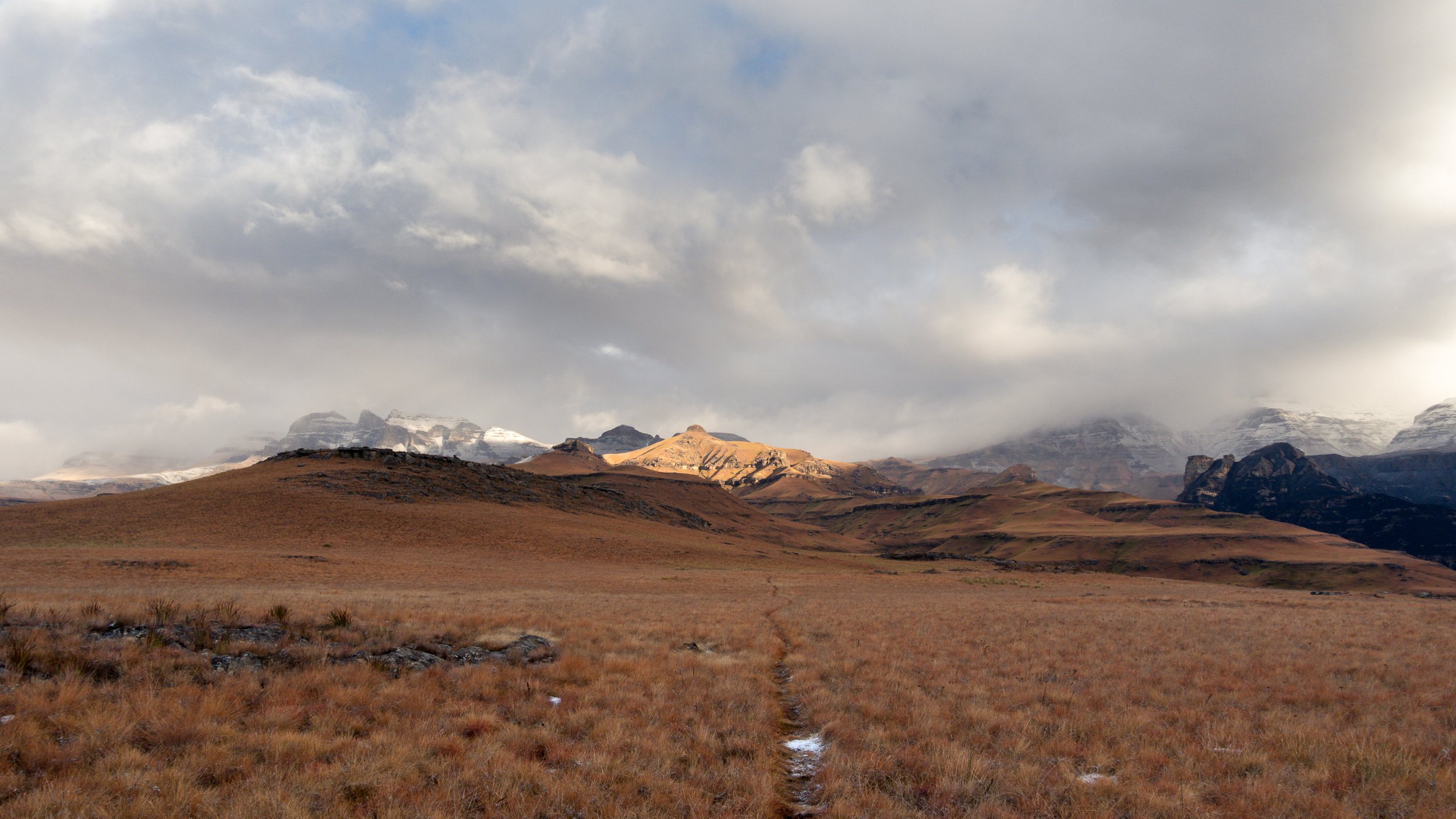Drakensberg Grand Traverse - Training Camp 1
What is the Drakensberg Grand Traverse?
The Drakensberg Grand Traverse (DGT) is a long-distance hiking route across the uKhahlamba-Drakensberg mountains in South Africa. The DGT extends from the Sentinel Car Park in the north to the Bushman’s Neck Border Post in the south. It requires one to summit Mont Aux Sources, Cleft Peak, Champagne Castle, Mafadi, Giant’s Castle and Thabana Ntlenyana in between, essentially spanning the full length of the Drakensberg escarpment.
There is no predefined route between these peaks, and depending on navigational choices the total distances range from 210km - 240km, at altitudes of 2500m-3580m above sea level. Cumulatively, over 10,000m of elevation is gained across the route. The Drakensberg Grand Traverse route is usually hiked over 8-12 days.
This is a wilderness experience in every sense, and there are no facilities on route. From start to finish, you need to be fully self-sufficient.
The Drakensberg expanding out, for what seems like forever.
Colin marches across Lesotho, heading south toward Bushman’s Nek.
What is the fastest time on the Grand Traverse?
For hikers, a time of between 5 - 8 days is considered fast. However, over the years, the DGT has attracted the attention of many ultra-distance trail runners, and other athletes, all eager to push the limits of Fastest Know Times (FKT) on the Grand Traverse. As it stands, Ryan Sandes and Ryno Griesel hold the current unsupported FKT at 41hr49mins. More impressive, in my opinion, is Andrew Porter’s time of 45hr08mins, which he managed to do solo.
Introducing the DGT Run
In November 2022, Colin van den Bergh and I will be teaming up to race in the first official DGT Run. In the spirit of the DGT route itself, this will be a single-stage, self-navigated and self-sufficient foot race across the Grand Traverse route. No aid stations, no markers, no frills. Just pure mountain running at its very best. In the words of the organisers “The non-stop DGT-Run is an extreme test of runners’ endurance and ability to withstand high altitude in true mountain terrain.” You can read more about the DGT Run on their website. With this race as our major goal for 2022, all training and other races throughout the year have been built around the DGT.
How do you train for the DGT run?
Both Colin and I are coached by Erin van Eyssen at Flat Rock Endurance. Even as our training volume builds, no matter how many hill reps or long runs we do, there is no substitute for actually spending time in the Drakensberg and on the route. The race organisers mandate the entrants attend at least one organised training camp, that aims at simulating race conditions. Over and above this training camp, we have decided to train on the route as often as possible.
Apart from the physical component of this training, it also allows us to properly test and refine our gear, nutrition, navigation, and overall grit. Fitness alone won’t get you through a race like this, and as Erin says, you need to go out there and “build character” in other words get comfortable being uncomfortable.
Battling against the wind as we crest the top of Sani Pas, and enter into Lesotho.
Fastpacking from Sani Pass to Bushman’s Nek
The first section we decide to run was from Sani Pass through to Bushman’s Nek. This was an 80km route that began at the Sani Backpackers Lodge, went up Sani Pass, joined the DGT route and took us south down Thamathu Pass to Bushman’s Nek. As a photographic guide, I’ve spent a lot of time in the Drakensberg mountains, but this entire section of the escarpment was new to me.
We set off from the backpackers at 07h00, a rough plan in our heads. We would keep moving until around 20h00, and then depending on where we were, we’d find the nearest cave and get a few hours of sleep. We couldn’t relax too much, because our lift would be meeting us at 08h00 the next morning at the Bushman’s Nek Border Post.
The first stretches of Sani Pass, just after the South African border post.
A patch of light makes its way through the clouds and onto the lower ridges of the 12 Apostles.
What gear did we use for this run?
Packing light was the goal of this mission. We didn’t pack tents or sleeping bags, because we wanted to test our Rad Bag bivvy bags. This was a questionable decision, considering it was the middle of winter, and I wouldn’t easily recommend it. We wore one set of clothes to run in and another dry set for sleeping in.
Backpack:
Ultimate Direction Fastpack 30l
Running Clothing:
Shoes: Inov8 Trail Talon 290
Pants: Patagonia Strider Pro Shorts
Base layer: Ice Breaker Oasis 200 Long Sleeved merino wool top
Base layer: Nike Drifit Polyester vest
Midlayer: Rab Syncro Light Fleece
Outer: Black Diamond Stromline Outer Shell
Socks: Balega Mohair socks
Gloves: Black Diamond Mont Blanc gloves
Inner Gloves: First Ascent tech touch gloves
Generic Buff
Sleeping Clothing:
Kway Hooded Down Jacket
Ice Breaker Oasis 200 Long Sleeved merino wool top (in addition to the running top)
First Ascent Thermal Leggings
Bridgedale heavyweight mohair socks
First Ascent tech touch gloves (a second pair)
Kway Fleece lined beanie
Generic Buff (in addition to the running Buff)
Sleeping Gear:
RadBag Bivvy bag
Sea To Summit thermal liner
Dinner and Cooking:
Jetboil Zip stove and gas canister
Hot Cross Buns for lunch (and breakfast) were an excellent choice.
A dry bag inside my backpack ensures everything stays dry.
What food do you pack for fastpacking?
I will be writing another article on the food we pack for the DGT run because we are still figuring this out for ourselves. It is a lot of research, trial and error. Broadly speaking, our plan is to consume foods with the highest calorie content, through carbohydrates and fats. As best as possible, we would like to eat real foods as opposed to race foods. The Forever Fresh dehydrated meals will likely be our go-to option for dinners. During the day we will be eating salted nuts, energy bars, pastries, dried fruit, chocolates, and sugary sweets. We will also add drink mixes to our water so that we get additional calories and electrolytes in liquid form.
What lessons did we learn on this run?
Up Sani Pass and across the escarpment, our day went according to plan. The altitude slowed us down, as predicted, but we felt strong moving across the mountains. Across Lesotho, there was a constant threat of bad weather looming, and by 14h00 it was upon us. The wind picked up, blowing sleet and light snow. We made the decision to head for Mzimude cave and shelter there for the night. By the time night fell, the weather had worsened, with snow pelting us head-on.
Fatigued, we finally found Mzimude cave…or at least what we thought was the cave. Barely out of the elements, we put on some dry clothes and extra layers, before crawling into our bivvy bags at about 21h00. We’d need to start moving at 02h00 to make it to Bushman’s Nek in time for our lift. It was a long, cold, sleepless night in that little rocky overhang, but we survived without injury.
A frozen Ultimate Direction backpack at the entrance to our ‘cave’.
Colin double checks the GPS before we head off into the storm.
The mountain pass from hell
On the map, the 20km descent from Mzimude cave to Bushman’s Nek seems routine. It isn’t. Especially not at 02h00, sleep-deprived, in a blizzard. A friend of ours, Merv Gavin, had warned us about this and even provided alternate route options. In our hazy state, we neglected to use this valuable information.
Descending a frozen Isicatula Pass, chocked full of snow and ice was not something I’d like to repeat. Inch by inch we made our down cursing and shivering all the way.
Surely the valley that followed would provide some relief? Wrong again. As we followed the river down, engulfed by mist, and flanked by hills on each side, we were greeted by packs of large, aggressive Basotho dogs. Our headlamps illuminated their glowing eyes as their barks and howls filled the valley. I’ve since heard that a few people have been attacked here, and I’ve made a promise to never hike through here again.
It was all worth it in the end
The sun rose as we descended Thamathu Pass, and from here on out it was smooth sailing. As we dropped onto the final plateaus, the view behind us of snow-covered mountain peaks, brooding under dark clouds was truly incredible. More so, because we’d just navigated our way off those peaks. As a photographer, I could have sat on that plateau for hours photographing the mountains. Reluctantly I pulled myself away and followed Colin down the pass. As we took our final steps across the border and at Bushman’s Nek, after an 80km adventure, I reflected on how we’d feel in November, crossing the very same finish line after over 210km. It was the perfect mixture of fear and excitement, and it’s a feeling I cherish more than I can explain.
Sunrise over the Southern Drakensberg, with its iconic sandstone buttresses.
From the bottom of Thamatu Pass, we looked back at the mountains we’d just descended.
“Hurry up Matt!” At least, this is what I imagine Colin was saying.
Shot on the Sony Rx100Vii.
The video and photographs above were all shot on my Sony Rx100Vii, with the exception of the vertical video which was filmed on my iPhone. I am impressed by how well this camera performs. It slips into the chest pocket of my backpack, giving me easy access to capture moments as they happen. I bought the Rx100Vii specifically for long runs or fast hikes, where my A7riii would be too bulky. For this need, it works perfectly. I will write a full review on the Rx100Vii soon.
Check out the Rx100Vii at Orms.
I am not affiliated or sponsored in any way.

































